Maxillofacial Surgery
Maxillofacial Surgery is a Hospital-level specialty that studies, diagnoses, treats and surgically rehabilitates the alterations of the entire facial structure, whether due to congenital or acquired conditions.
Likewise a Maxillofacial Surgeon is an expert in all the anatomical environment Buco-Dento Maxilar. They include within their range of professional care, pathologies with manifestations in the mouth, face and neck, temporomandibular joint alterations, facial traumatisms, congenital oro-facial disharmony, salivary glands, alterations as a result of pathologies of the upper respiratory tract "Sleep apnea" and everything related to conventional and advanced Dental Implantology.

Oral and maxillofacial surgery
It encompasses several fields of action:
- Buco-Dento-Maxillary Infections (cysts and tumors of dental origin)
- Dental Rehabilitation (Implantology)
- Facial Traumatology (fractures)
- Congenital defects (cleft lip and palate)
- Do-skeletal alterations (Orthognathic Surgery)
- Facial aesthetics of the middle and lower third of the face
- Oncology of the area (cancerous pathologies)
- Disorders of TMJ (temporomandibular joint)
Orthognathic surgery or deformities
Corrective jaw or orthognathic surgery is performed by an oral and maxillofacial surgeon (OMS) to correct a wide range of minor and major skeletal and dental irregularities, including the misalignment of jaws and teeth. Surgery can improve chewing, speaking and breathing. While the patient's appearance may be dramatically enhanced as a result of their surgery, orthognathic surgery is performed to correct functional problems.
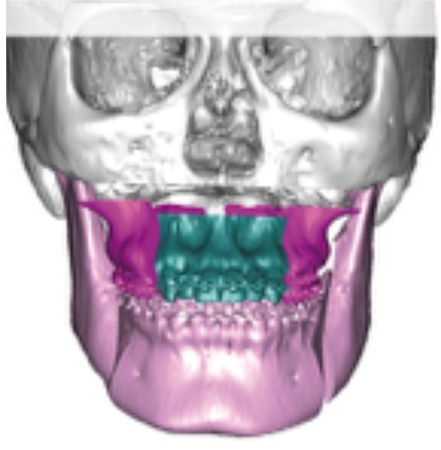
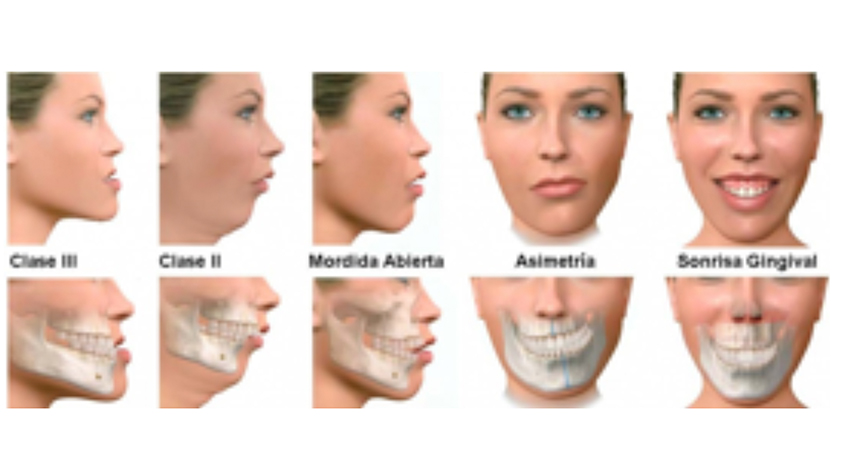
Following are some of the conditions that may indicate the need for corrective jaw surgery:
- Difficulty chewing or biting food
- Difficulty swallowing
- Chronic jaw or jaw joint (TMJ) pain and headache
- Excessive wear of the teeth
- Open bite (space between the upper and lower teeth when the mouth is closed)
- Unbalanced facial appearance from the front, or side
- Facial injury
- Birth defects
- Receding lower jaw and chin
- Protruding jaw
- Inability to make the lips meet without straining
- Chronic mouth breathing
- Sleep apnea (breathing problems when sleeping, including snoring)
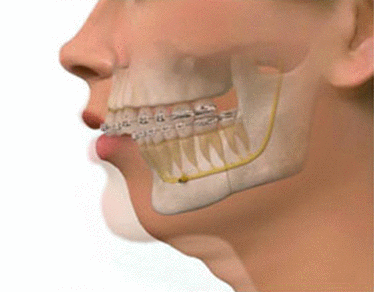
Dental Implants
- Diagnosis and planning
- Immediate Implants and Immediate Charge
- Computer-Guided Implantology
- Advanced implantology
- Elevation of maxillary sinus floor
- Pterygoid Implants
- Zygomatic Implants
- Lateralization of the Lower Dental Nerve
- Pre-Prosthetic Surgery
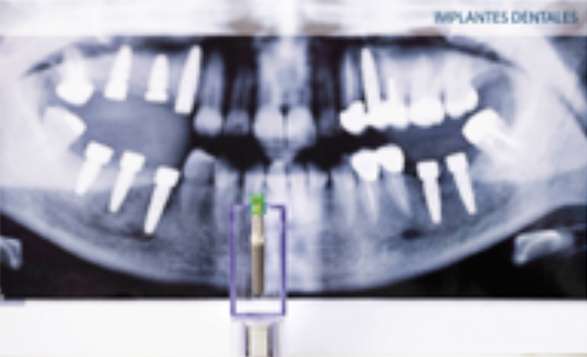

FACIAL TRAUMA
Oral and Maxillofacial Surgeons are experts in treating and repairing facial injury and trauma, including fractures of the upper and lower jaws and the orbits surrounding the eyes, and facial lacerations. Their knowledge of how jaws come together (dental occlusion) is critical when repairing complex facial fractures.
The American College of Surgeons' guidelines for optimal care in Level I and II trauma centers, the centers that treat the most serious and complex facial trauma patients, recommend that an oral and maxillofacial surgeon be included as a member of the centers' trauma team.
Due to the large number of structures that are involved, the great irrigation and innervation of the face and the possibility of alterations of the dental occlusion that can lead to serious complications (difficulty in chewing, pain, neuralgias, and temporomandibular joint alterations) The evaluation of the lesions and the management of the lesions must be performed by a maxillofacial surgeon.
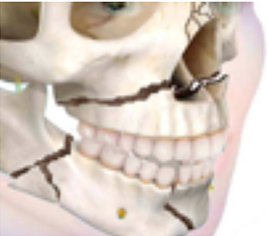

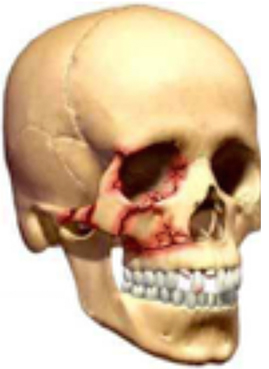
Buccal fat pad removal (Bichat bags)
The Bichat bags or balls are the two accumulations of fatty tissue defined and independent of other tissues, normally located in the thickness of each cheek, just below the cheekbones and directly related to the buccinator. They do not have any particular function except to give volume to the area, showing different sizes depending on the characteristics of each individual. In childhood these fat deposits are generally higher volume to facial contours the typical rounded oval and face filling a baby or child.
With the passing of the years this tissue slowly reduces showing a more adult physical aspect, in which the volume of the cheeks in relation to the cheekbone and jaw is minimal. However, this decrease in volume is not produced the in same way on everyone.
Generally, with people that have a rounder face, prominent cheeks and cheekbones are less defined, These Bichat bags or balls have not atrophied turning out to be much larger than desired. The Bichectomy represents a great option to contrast this annoying phenomenon.

PRE-PROSTHETIC SURGERY
- Bone grafts
- Alternative techniques for implantology
- Alveolar distraction and bone transport
- Obtaining, processing and application of platelet-rich growth factors
- Piezoelectric technology.
Salivary Glands
The salivary glands are responsible for maintaining an adequate amount of saliva in the mouth and segregation thanks to openings called ducts. Saliva helps us chew and swallow food, digest food, but also helps us keep our mouths clean and contains antibodies that can kill germs.
Problems or diseases of the salivary glands can cause inflammation, irritation of these or even tumors causing different symptoms.
Among others, the reasons that can cause problems in the salivary glands are infections, duct obstruction and cancer, although they may also be due to others such as Sjögren's Syndrome.
Tumors of the salivary glands are found mainly in the parotid glands. In surgery of the parotid gland, the main objective is not to damage and preserve the facial nerve, responsible for facial expressiveness.
This runs through the thickness of the parotid gland so, in case of surgery, it should be performed by an experienced and experienced team in this type of intervention.
Pathology of the Salivary Glands´ most Common Symptoms:
- Increased size.
- Pain.
- Xerostomia (dry mouth).
- Hypersialorrhea (excess saliva)
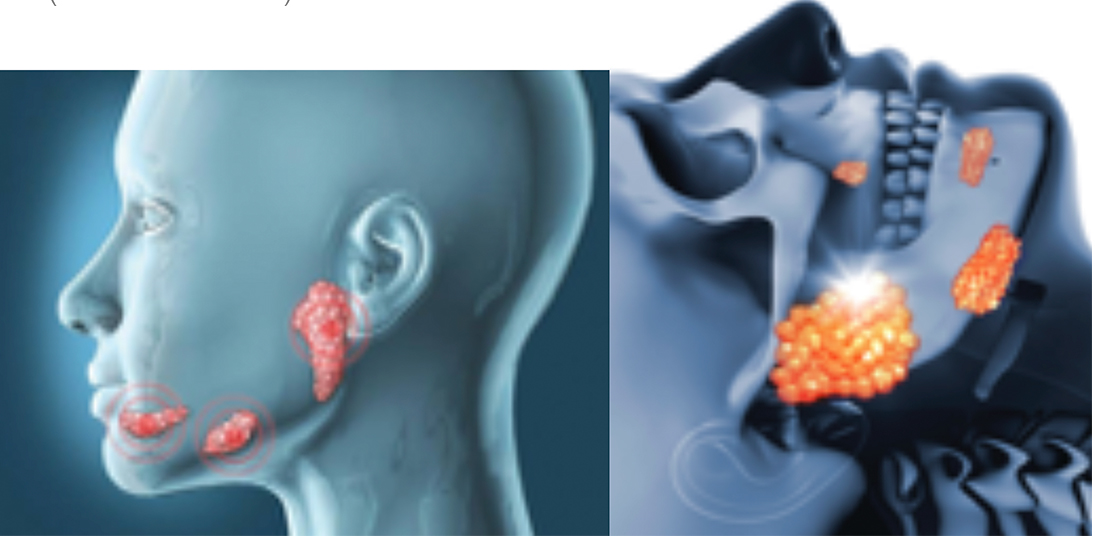
ALTERATIONS IN THE TMJ (TEMPOROMANDIBULAR ARTICULATION).
TMJ is the joint between the temporal bone (skull bone) and the mandible.
Between these two bones is located a joint disc, similar to the meniscus of the knees that has the function of acting as a "cushion" between both surfaces avoiding friction and facilitating movements.
Disorders of the temporomandibular joint are called disorders that directly affect the articular surfaces involved, the disc, the musculature that performs the mandibular movements or the nerves that are responsible for reaching the musculoskeletal complex.
There are three types of TMJ disorders:
- Myofascial pain causes pain in the muscles that control the movements of the jaw.
- An internal asymmetry caused by a displaced disc dislocated jaw, or condylar lesions.
- Degenerative and inflammatory alterations of TMJ.
- Bruxism.
- Stress or anxiety.
- An injury to the jaw or TMJ.
- Some wear on the disc or cartilage of the TMJ.
- A condition caused by rheumatoid arthritis or gout.
- Other diseases that cause jaw inflammation
The following symptoms may indicate that you have a temporomandibular joint disorder:
- The pain of jaw, face or neck.
- Pain on one side of the head, which increases when the teeth are squeezed.
- Limited movement or blockage of the jaw.
- Pain and stiffness in the muscles of the jaw.

Conservative treatment:
This type of treatment is performed when the temporomandibular joint alterations are mild and transient.
- Therapies with personalized stabilization splints.
- Physiotherapy sessions to reeducate all those harmful habits such as bruxism or wrong postures and thus favor all the joint system of the skull. The techniques used are massage and stretching of the cervical musculature and face, mobilization through exercises in the tongue, work of posture, breathing and facial relaxation exercises.
Surgical treatment:
The choice for minimally invasive surgery will always prevail:
- Arthrocentesis to remove all microscopic particles by means of a joint wash.
- An arthroscopy to examine the temporomandibular joint, remove inflammatory tissue and manipulate structures. Thanks to an approach in front of the ear, an intra-articular camera or arthroscope can be introduced that allows the maxillofacial surgeon to visualize the anatomical area while intervening.
- When the problem in the joint is serious and there are no conservative measures to intervene, the joint damaged by a prosthesis similar to those used in other parts of the body.
HEAD AND NECK CANCER
· Diagnosis of Cancer in the Oral-Maxillofacial region and Neck TUMORS
Cancer in the maxillofacial region is one of the 10 most common that manifests in the human body. It occurs in the form of tumors that usually appear on the face, neck and mouth. These types of injuries require careful study to achieve an accurate diagnosis.
For this, a multidisciplinary approach is required, that is, with the collaboration of many specialists, among whom the maxillofacial surgeon plays a fundamental role in eliminating tumors of the maxillofacial region, reconstructing lost tissues and planning their reconstruction.
The following warning signs may indicate the presence of a cancer of the mouth:
- Abnormal bleeding somewhere in the mouth and difficulty swallowing, chewing or speaking.
- Pain, tingling, or dry mouth without any apparent cause.
- Wounds that do not heal properly.
- Persistent infections in the mouth.
- White, red or black spots on the mouth.
- Presence of hardness, lumpiness or swelling in the mouth, face and / or neck.
- Ulcers anywhere in the mouth that do not heal within fifteen days
Congenital defects in the maxillofacial area
- Cleft lip and palate
The different facial alterations such as the cleft palate or palate-palate, are quite frequent in facial development. The care of the newborn has to be treated by multidisciplinary teams, dedicated to this type of patient.
Defects that are corrected with surgeries that improve swallowing and speech of the child, in addition to their appearance or social adaptation. Surgical corrections that have a certain age to be made, because they depend on growth for their best solution. Follow-up after Maxillofacial Surgery is important in all cases, such as palate or palatoplasty, nose or rhinoseptoplasty, lip or queilorraphy, etc.
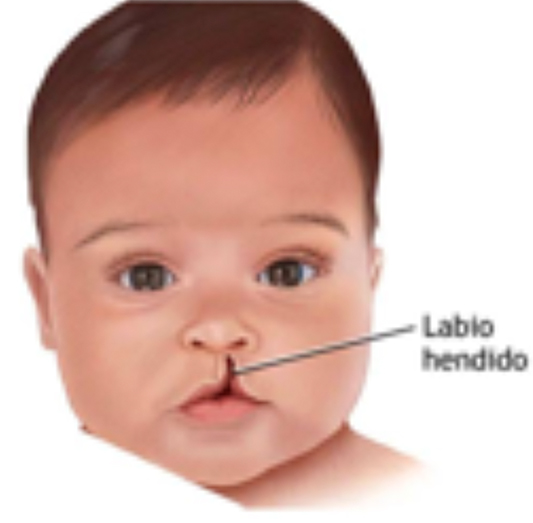
If you want more information, you can contact us by phone or through the contact form of this web site.
Ask us about your case.
If you prefer to request an appointment directly in our consultations in Q. ROO.
CUTE SMILE is integrated by Stomatologists and Dentists specialists in Oral Surgery and Implants, Oral and Maxillofacial Surgery, Oral and Maxillofacial Prostheses, members of the main and most important guilds and councils that govern their specific professional practice, both national and internationally.
Working hours
Monday-Friday
9:00 - 20:00
Saturday
10:00 - 17:00
Emergency
24 / 7 / 365
(+34) 668 507 773
MAKE AN APPOINTMENT
We will contact you shortly.
We can advise you or give you a second opinión base don experience and planning.



 Messenger
Messenger